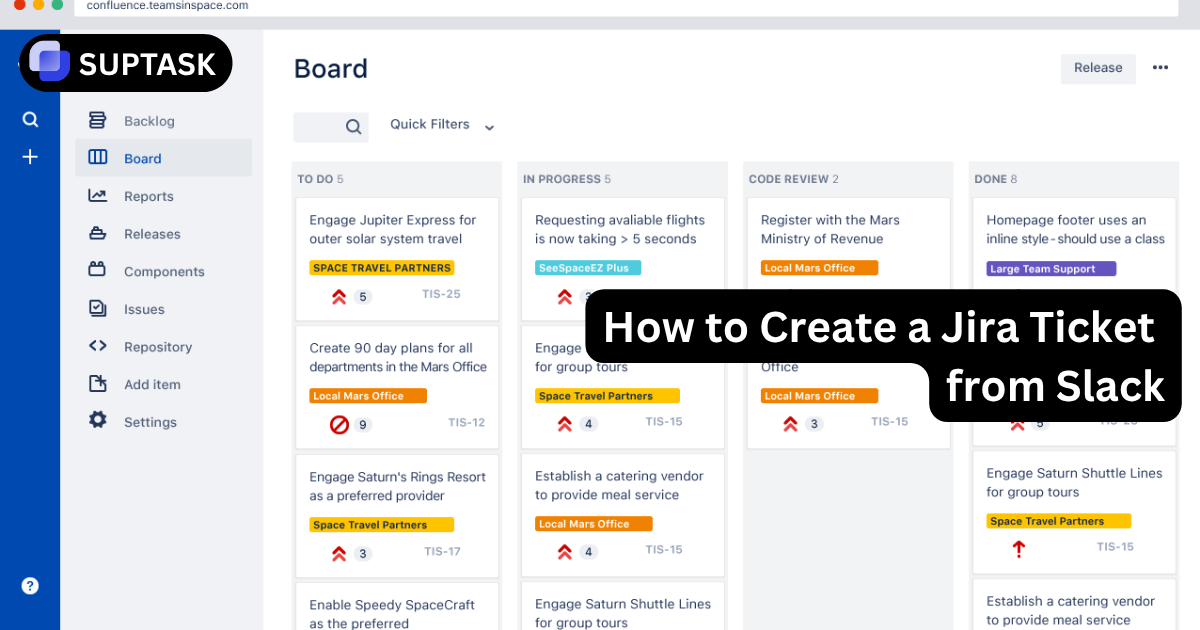Is remote work productivity truly higher or lower compared to office work? Understand how remote work impacts productivity, benefits, and challenges.
Key Takeaways
- Research indicates remote workers often outperform office counterparts in productivity due to fewer distractions and flexible scheduling options.
- Remote employees can struggle with loneliness and unstructured routines, potentially impacting productivity if not effectively managed.
- Technology and clear communication are vital for maintaining accountability and productivity in remote work environments.
The Reality of Remote Work Productivity

The rise of remote work has sparked debates about its impact on productivity. Many believe working from home leads to decreased efficiency. However, recent studies paint a different picture.
Surprisingly, 58% of white-collar employees prefer remote work for at least three days a week. Why? They report higher job satisfaction and engagement.
Remote workers often experience greater productivity levels than their office-based counterparts. This is possible due to their increased flexibility and autonomy.
But what about the challenges? Full-time remote workers do face obstacles. These include potential interruptions and the need for self-discipline.
Yet, current research doesn't support the outdated view that remote work hampers productivity.
To maximize the benefits, employers and employees must ask, is working from home more productive? Let’s explore the factors involved.
Increased Productivity in Remote Work
Research reveals a surprising trend: remote workers often outperform their office-based colleagues. What's behind this productivity boost?
Firstly, remote work environments typically have fewer distractions. Think about it - no chatty coworkers or impromptu meetings to interrupt your flow.
Secondly, remote workers excel at time management. Eliminating commutes allows them to dedicate more time to work or personal well-being.
But there's more to it. Remote work offers flexible scheduling. This makes it possible for employees to work when they feel most energetic and focused. Can you imagine tackling your most challenging tasks during your peak productivity hours?
The result is a potent combination of flexibility and job satisfaction that significantly boosts productivity.
Minimal disruptions and improved work-life balance play crucial roles in enhancing remote work productivity.
Challenges Faced by Remote Workers
While remote work offers numerous benefits, it's not without its hurdles. What are the main obstacles remote workers face?
Loneliness tops the list, with 20% of remote workers citing it as their primary challenge. This isolation can severely impact both job performance and mental health.
While comfortable, the home environment presents its own set of distractions. Family interruptions or household chores can quickly derail focus.
Many remote also workers find it challenging to maintain a consistent routine. Without the structure of an office environment, self-discipline and concentration can waver, leading to procrastination and reduced efficiency.
Another significant challenge is blurring the lines between personal and professional life.
Without clear delineations, remote workers risk exhaustion or burnout. How can one "leave work at work" when working from home?
To overcome these challenges, remote workers can implement some of these strategies:
- Create a dedicated workspace to minimize distractions;
- Establish a daily routine that mimics an office environment;
- Use project management methodology to stay organized and focused;
- Schedule regular virtual interactions with team members;
- Take regular breaks and engage in physical activity.
By addressing these issues head-on, remote workers can maintain high productivity and job satisfaction levels.
Common Myths About Remote Work Productivity
.webp)
Despite growing evidence supporting the benefits of remote work, myths about its impact on productivity persist.
These myths often stem from outdated viewpoints and misunderstandings about the nature of remote work.
By eliminating these misconceptions, we can better recognize and leverage the potential of remote working arrangements.
Let's examine some widely held but incorrect assumptions about this mode of employment and uncover the realities they obscure.
Myth 1: Remote Workers Are Easily Distracted
Have you ever heard someone say, "I could never work from home - I'd be too distracted"? This common myth suggests that remote workers face more distractions than their office-bound counterparts.
From my own experience, this is not true for everyone, as I’ve found ways to achieve greater productivity due to fewer interruptions in the office and improved work-life balance.
Of course, encountering interferences from household tasks and family is inevitable. However, remote employees can handle these potential disturbances through:
- Using noise-canceling headphones to minimize environmental noise;
- Implementing the Pomodoro Technique for focused work sessions;
- Communicating clear boundaries with family members or roommates;
- Utilizing website blockers to limit access to distracting sites;
- Creating a clutter-free workspace to minimize visual distractions.
By acknowledging remote work's capacity to boost concentration while reducing distractive elements, we can appreciate its true potential for enhancing efficiency.
Isn't it time we embraced the productive benefits of remote work opportunities?
Myth 2: Remote Work Leads to Lower Employee Productivity
Have you ever wondered why some CEOs are hesitant about remote work? Many believe that remote employees contribute less than their office-based counterparts. But is this assumption based on facts?
This misconception lacks empirical support. In fact, forcing employees back to the office might adversely affect their output. It can signal a lack of trust from management, particularly affecting top performers.
Acknowledging the advantages of remote arrangements can improve employee work-from-home productivity and satisfaction.
To ensure high productivity in remote settings, organizations can:
- Implement result-oriented performance metrics;
- Provide necessary tools and technology to support remote work;
- Offer training on effective remote work practices;
- Encourage regular check-ins and feedback sessions;
- Foster a culture of trust and autonomy.
When equipped with knowledge on how to manage employees remotely, companies can find that remote work increases overall productivity.
Myth 3: Remote Employees Lack Accountability
This common misconception can be quickly dismissed with adequate management strategies and appropriate tools.
Technology plays a crucial role. By using communication and project management tools, teams can ensure tasks meet their deadlines. But it's not just about the tools—it's how they're used.
For example, using Suptask, a Slack ticketing system, can significantly enhance focus, accountability, and productivity.
By creating and assigning Slack tickets, a team can track exactly who is in charge of what task and maintain quick resolution for issues.
Establishing precise expectations and implementing project management applications enhances the responsibility felt by remote employees.
Regular meetings and feedback opportunities contribute to an environment where accountability thrives.
To foster accountability in remote teams:
- Set clear goals and expectations for each team member;
- Use project management tools to track progress and deadlines;
- Schedule regular one-on-one check-ins with team members;
- Implement a system for reporting daily or weekly accomplishments;
- Encourage peer-to-peer accountability through collaborative projects.
The Future of Remote Work and Productivity
.webp)
The outlook on remote working appears promising, bolstered by technological progress. The number of remote workers has increased by 159% since 2005.
As of 2023, about 40% of U.S. employees engage in remote work at least once every week.
The appealing aspects and changing dynamics of working outside the traditional office setting are significant in this growth.
Moving forward, we should expect hybrid work models and combining on-site and off-site work to become standard practice.
Why? This approach optimizes the advantages of both settings while boosting workers' productivity and overall job satisfaction.
FAQs
What are the benefits and challenges of remote working?
Remote work offers flexibility and improved work-life balance, but challenges include isolation and blurred work-life boundaries, needing communication and self-discipline.
How does remote work help productivity?
Remote work boosts productivity by reducing distractions and allowing flexible schedules but requires self-discipline, time management, and effective technology use.
What strategies do you use or plan to use to stay productive while working remotely?
To stay productive while working remotely, consider:
- Creating a dedicated workspace;
- Establishing a routine;
- Using time management techniques;
- Setting clear goals;
- Taking regular breaks Implementing these strategies can help maintain focus and efficiency in a remote work environment.
What is the key to success when working remotely?
Success in remote work requires self-discipline, clear communication, and work-life balance. Structured routines, boundaries, and regular check-ins are essential.












